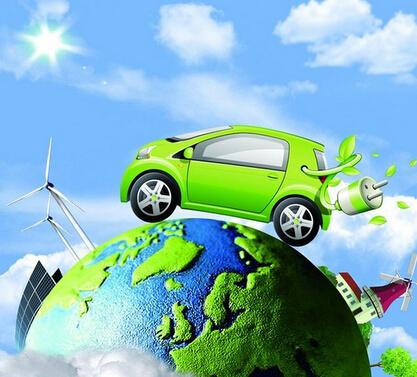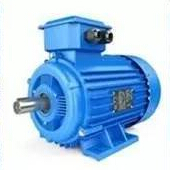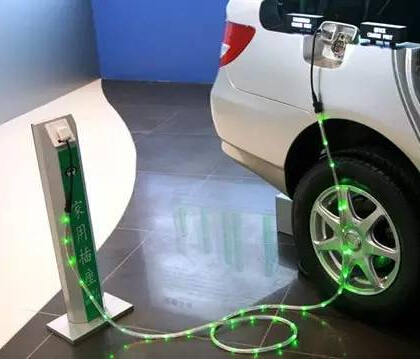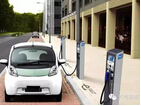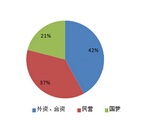With the acceleration of economic development and urbanization, the development of the logistics industry has entered a fast lane, and the demand of the distribution industry is also growing rapidly. As a newcomer to the distribution industry, the new energy logistics vehicle brings a brand new new energy intelligent transportation to the distribution industry. Whether it is from the distribution infrastructure, energy saving and emission reduction, transportation costs, industry organization and information level, it has absolute advantages and strength.
Although at present, from the perspective of unit operating costs and comprehensive operating costs, electric logistics vehicles have significant advantages over traditional logistics vehicles, but the industry has always had the real dilemma of bad money to drive out good money. "Savage growth" is a label that cannot be erased by the industry. The current market is characterized by low quality and low price competition, serious product homogenization, insufficient driving range, serious battery attenuation, imperfect after-sales service, and high vehicle failure rate. In addition, the key performance quality of the electric logistics vehicle's cargo space, climbing capacity, braking situation, and 100-kilometer power consumption are also highly concerned by users!

In 2017, after the new energy logistics vehicle occupied the market with rapid momentum, in 2018, it was a year of rise and a year for the electric logistics vehicle market. With the extensive distribution of electric logistics in the field of large-scale logistics enterprises, the future market competition will become more intense, and the logistics market will inevitably show more and more specialized and instrumental trends, so-called “natural selection, survival of the fittest”. When the battery life is insufficient and the after-sales protection frequency is questioned, can the development of new energy logistics vehicles still sing all the way?
















 RCCN WeChat QrCode
RCCN WeChat QrCode Mobile WebSite
Mobile WebSite